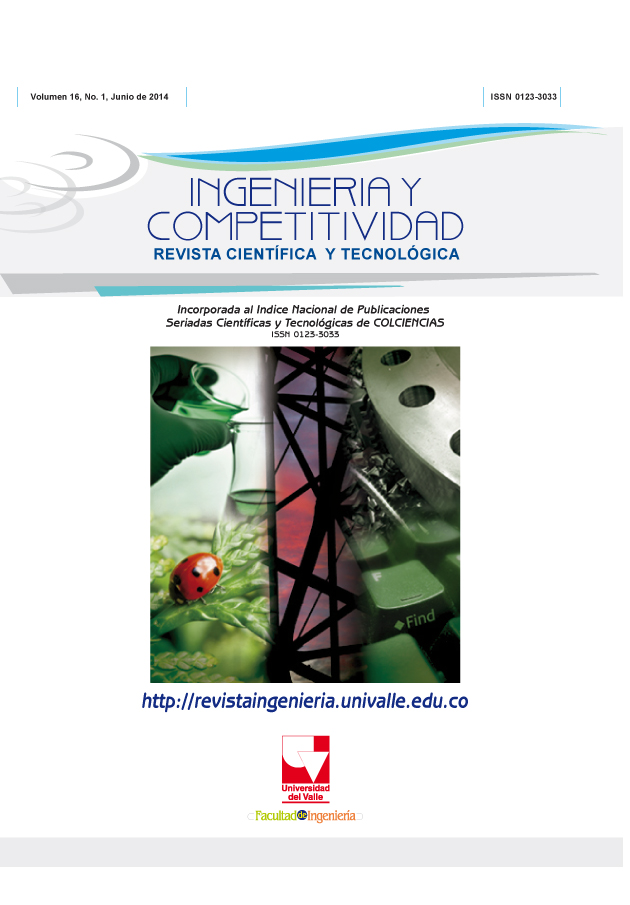Modelación no paramétrica de la contaminación promedio octohoraria del aire debida al Monóxido de Carbono y al Ozono Troposférico
Contenido principal del artículo
Se presenta la modelación del comportamiento típico de la concentración promedio octohoraria del monóxido de carbono (CO) y ozono troposférico (O3) a lo largo de un día, mediante la implementación de un modelo de regresión no paramétrica. Los datos utilizados provienen de las mediciones registradas por el Sistema de Vigilancia de la Calidad del Aire (SVCA) de la ciudad de Santiago de Cali, para los años 2003 y 2006. Los resultados obtenidos muestran que el comportamiento de la contaminación octohoraria por O3 supera el límite máximo permitido de la Norma Colombiana en las estaciones ubicadas en la zona sur de Cali, mientras que la contaminación octohoraria por CO se aproxima al límite máximo permitido en el centro de la ciudad, coincidente con la presencia de fuentes móviles. Las bandas de variabilidad asociadas a la modelación de la contaminación octohoraria del CO, muestran indicios de que existen diferencias del comportamiento de este contaminante por tipo de día y zonas de vigilancia en los años de estudio; mientras que para el O3, el comportamiento difiere por tipo de día y zonas de vigilancia solo en el año 2006.
- bandas de variabilidad
- contaminación del aire
- estimador lineal local
- regresión no paramétrica
Descargas
Los autores que publican en esta revista están de acuerdo con los siguientes términos:
Los autores ceden los derechos patrimoniales a la revista y a la Universidad del Valle sobre los manuscritos aceptados, pero podrán hacer los reusos que consideren pertinentes por motivos profesionales, educativos, académicos o científicos, de acuerdo con los términos de la licencia que otorga la revista a todos sus artículos.
Los artículos serán publicados bajo la licencia Creative Commons 4.0 BY-NC-SA (de atribución, no comercial, sin obras derivadas).





